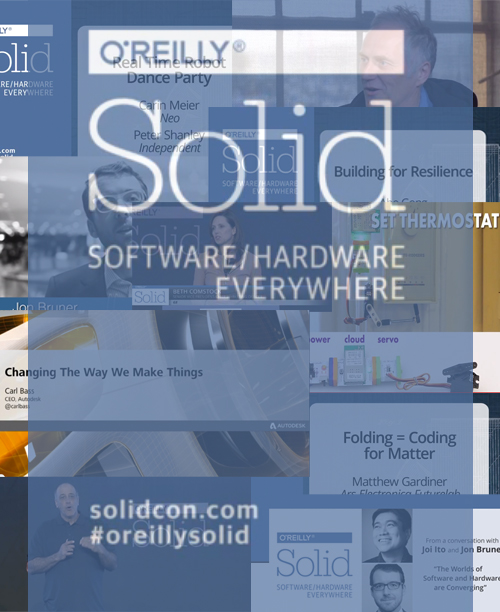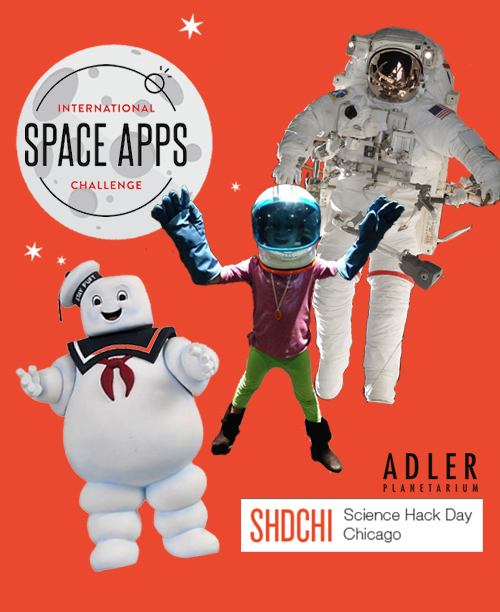| "…The typical parent, the typical taxpayer, the typical voter, when asked what constitutes a quality education will talk exclusively about the who and the what: the teachers and the curriculum. But we know the where is also part and parcel of a quality education. We believe that where our children learn matters. And when we send our kids to schools with crumbling walls, with leaky roofs, with mold all over the carpets, not only are we not creating an environment for a quality education, but we’re also creating conditions that get in the way…" — The Center for Green Schools American public schools are in such disrepair, it will take more than a half trillion dollars to bring them up to date, according to a 2013 report by the Center for Green Schools, supported by the National Education Association, the 21st Century School Fund, the American Federation of Teachers, the American Lung Association and the National PTA. Put another way, fixing American public schools is a half trillion dollar-plus business opportunity with a long string a collateral “goods”: healthier children and teachers, better environments for learning, digital-age connectivity and cheaper operational costs. This is the low-hanging fruit of school reform. The classroom, as Reggio Emilia founder Loris Malaguzzi famously put it, is the “third teacher.” Children learn from their surroundings, good or bad. Right now, hundreds of thousands of American children are learning that they are a low priority, which it both shameful and shortsighted. We are blighting our own future. The “go-to classroom” in the US is a noisy, stuffy, dimly lit, poorly insulated prefab trailer, notes Ann Hand, CEO of Project Frog, a San Francisco-based construction company on a mission to build better schools. Prefabs are typically pushed into service decades beyond a projected five year lifespan. “They’re full of mold,” says Hand. “The number one cause of absenteeism in California? Asthma.” The most dedicated teachers, thoughtful curricula, committed parents and motivated children are no match for a literally toxic environment. You can’t learn if you can’t breathe. The good news is the dramatic and fast difference righting wrongs can make. “There are a lot of studies out there that say that with natural daylight, kids’ grades go up about 20%. That’s taking someone from a C to an A,” says Hand. Improve acoustics and air quality and academic success almost becomes a given. Yet faced with anorexic budgets and long construction schedules, administrators and school boards often have little choice but to opt for quick and dirty band-aid repairs. Enter Frog with its “technologically advanced component buildings” designed to maneuver past these very hurdles. Components are delivered to construction sites in a series of cheerfully branded, IKEA-like flat-packs that can be assembled into a building—aka, a Frog—over summer break. Unlike a prefab classroom whose dimensions are determined by the size of truck (determined, in turn, by the width of a traffic lane), Frogs are free of any such restrictions. Instead, Hand explained at the recent KIN Global conference, Frog schools are designed around what’s best for learning. Mixing human-centered designed to focus on students’ needs and integrative design for better building performance, Frog has figured out how to deliver a higher quality school faster and at a competitive price. Improved energy efficiency means a Frog costs less to run, too. "…We have urban planners and architects on our staff, but they sit next to people from product design, people from strong manufacturing backgrounds. We’re crashing all of those capabilities together and really creating an innovation engine that we just so happen to be asking…Is there a better way to build?" Clearly, the answer is a resounding yes, but it has been a years-long nail-biting journey full of cash-flow cliffhangers and near-miraculous team triumphs to get there. The first installment of Frog’s first large scale order—15 of 40 schools in California—was finished with only hours to spare before the morning bell of the first day of class last fall. Immediately, the company shifted gears to analyze dozens of lessons learned from a summer spent on the exhilarating edge of panic and possibility. Hand slowed down the sales pipeline to give Froggers—there are fewer than 60 employees—a chance to catch their collective breath. In addition to schools, Frog had been building healthcare clinics for Kaiser-Permanente and developing a “flex” design adaptable for almost any use. Sales had been on track to hit $100 million this year, but Hand cut the target in half, figuring time was more valuable than money in the near term to add resiliency to supply chains and smooth out the rough edges of production. If all goes well in the next couple of years, Hand sees IPO in Frog’s future. It turns out daylighting not only boosts grades, but bottom lines as well. WHILE YOU’RE AT IT, THROW IN A GARDEN, PLEASE… For Kimbal Musk—of the irrepressibly enterprising family Musk (Tesla, Solar City, SpaceX)—the sweet spot is right outside the school building in the garden. For nearly a decade, Musk has been working to spread the good food word, first with a handful school garden near his Kitchen chain of “community bistro” restaurants in Colorado and now with hundreds of gardens in Chicago, Los Angeles and Denver. "… Scale does matter. It really does matter…When you do one school, you have a system. When you do a 100 schools, you have to have a totally different system…There’s no point in doing one school. You’ve got to do 100 schools, create the system that works for 100 schools and then you have a system you can scale." Like Project Frog, Musk’s Learning Gardens are modular, flexible, affordable and designed to be an easy “yes” for school administrators. The components are basic but thoughtful: a series of sturdy above ground planting boxes set at the perfect height for young gardeners. They can be placed almost anywhere, from asphalt to rooftops, and are easy to maintain, pre-plumbed for irrigation. Set up takes just a couple days, with children, teachers and parents doing the actual planting. Musk wants kids to learn about science and nutrition but sees Learning Gardens as a kind of all purpose outdoor classroom: a part of the school, rather than a special project tucked away behind a fence. In fact, proper siting is essential. Gardens must located where kids naturally gather or Musk’s team won’t build them. “Scale is a combination of how many schools you can be in and how many kids you can reach when you’re in those schools,” he explains. “The critical thing about what we do is that it works in every single school yard in the world.” MAKING A DIFFERENCE AND NOT JUST A DENT "Change at Scale," the theme of this year’s KIN Global, focused on the difference between a good idea and a transformative one. It turns out there is a pattern—something I first learned from energy pioneer Amory Lovins while writing a magazine story on distributed power generation. If a solution is modular, flexible, scalable, affordable and recyclable, bet on it. It almost doesn’t matter what subject—energy distribution, social networks, personal computers, IKEA furniture—the formula works. This is nature’s tried and true strategy: from particles and proteins to atoms and cells to everything that is and has ever been. In fact, the smaller the building block, the greater its potential. Hand and Musk have developed solutions that embody those characteristics, bringing an elegant clarity to problems that have confounded generations of school administrators, school boards and politicians. Rather than try to shore up a broken system, they have set their sights on outcomes (happier, healthier, more successful students), then took the list of seemingly insurmountable hurdles as marching orders. It turns out a healthy school environment is good news for the environment as a whole which, of course, is an A+ for everyone. — J. A. Ginsburg RELATED:
|
|
0 Comments
|
BackgroundDot to Dot grew out of the TrackerNews Project, a demo news aggregator developed for InSTEDD, an independent spin-off of Google.org's humanitarian practice that focused on health issues, humanitarian response and technology. Archives
• Bats, Trees And Bureaucrats: Ebola And How Everything, Positively Everything, Connects • Scrubba Dub Carlos and the Big Bad Enterovirus: Why Sneeze When You Can Sing? • Ebola, Bats and Déjà Vu All Over Again • Scaling Good: Project Frog’s Buildings And The Kitchen Community’s Learning Gardens • Thumbs Up And High Fives: Evolution, Hands And 3D Printing • Legos, Makers, Molecules, Materials And The Very Big Business Of Small Things • Solid: When Bits and Atoms Dance • Science Hack Day Chicago 2014: Reinventing The Space Suit, Cosmic Biomicmicry And The Joy Of Thinking Different • The Motors of August Cicadas • Mulling Snow, Climate, Pain Points, Bootstrapping And Chicago’s Advantage • Glass, Tech And Civilization: The Material That Makes Just About Everything Better • A Tale Of Two Maps And Why You Can’t Teach An Old Grid New Tricks • When Bad Things Happen To Good Content: Form(At), Function, Perspective And Possibilities • The Sum Of Its Parts: Autozone Meet Autodesk (Please) / On Supply Chains, Carbon Footprints And How 3D Printing Can Change The Game (Again) • It Takes An Economist: Tallying Natural Capital • Beyond Measure: Da Vinci’s Genius, Peripheral Vision, The Prepared Mind, Metric Traps And Hacking The Filter Bubble A Solstice Encore: Imaginary Carl Sagan, A Holiday Mix Tape And The Tannahill Weavers Categories
All
|





 RSS Feed
RSS Feed







